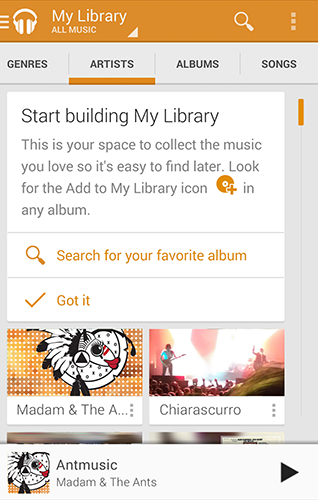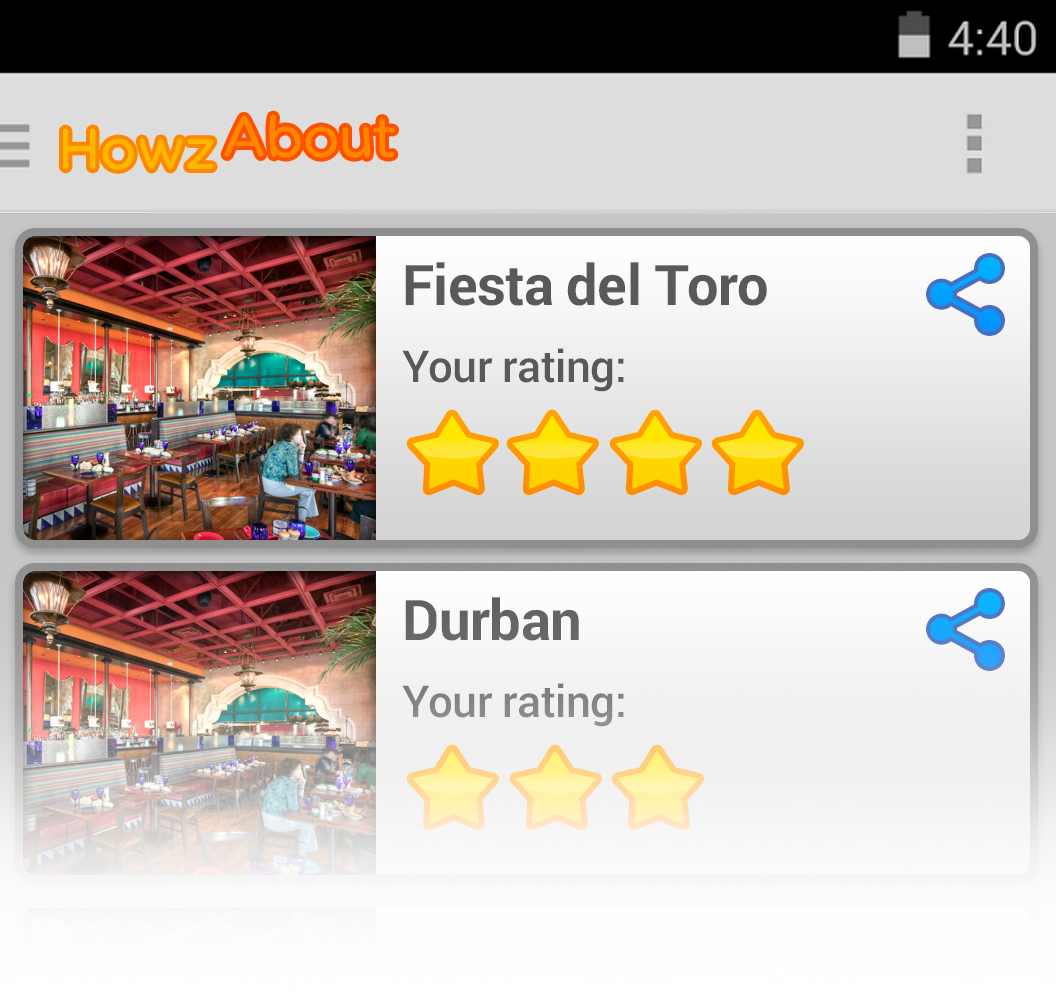Following Android design patterns doesn't mean that your app has to look the same as everyone else's. In Android, your app can shine as an extension of your brand.
Color
Use your brand color for accent by overriding the Android framework's default blue in UI elements like checkboxes, progress bars, radio buttons, sliders, tabs, and scroll indicators.
Look for opportunities to use high-contrast color for emphasis, for example, as the background color of the action bar or a primary button. But don't go overboard: not all actions are equal, so use it only for the one or two most important things.
When customizing colors, touch feedback should be subtle — just slightly lighter or darker than the untouched color.


Logo
Your app's launcher icon is a key place to incorporate your logo, because it's what users will look for and touch to begin using your app. You can carry the launcher icon through to all the screens in your app by showing it in the action bar along with the name of the app.
Another approach to consider is to have your logo take the place of the launcher icon and app name in the action bar.

Icons
If you have icons that you're already using for your app on other platforms and they have a distinctive look intended to fit your brand, use them on your Android app as well. If you take this approach, make sure your brand styling is applied to every single icon in your app.
